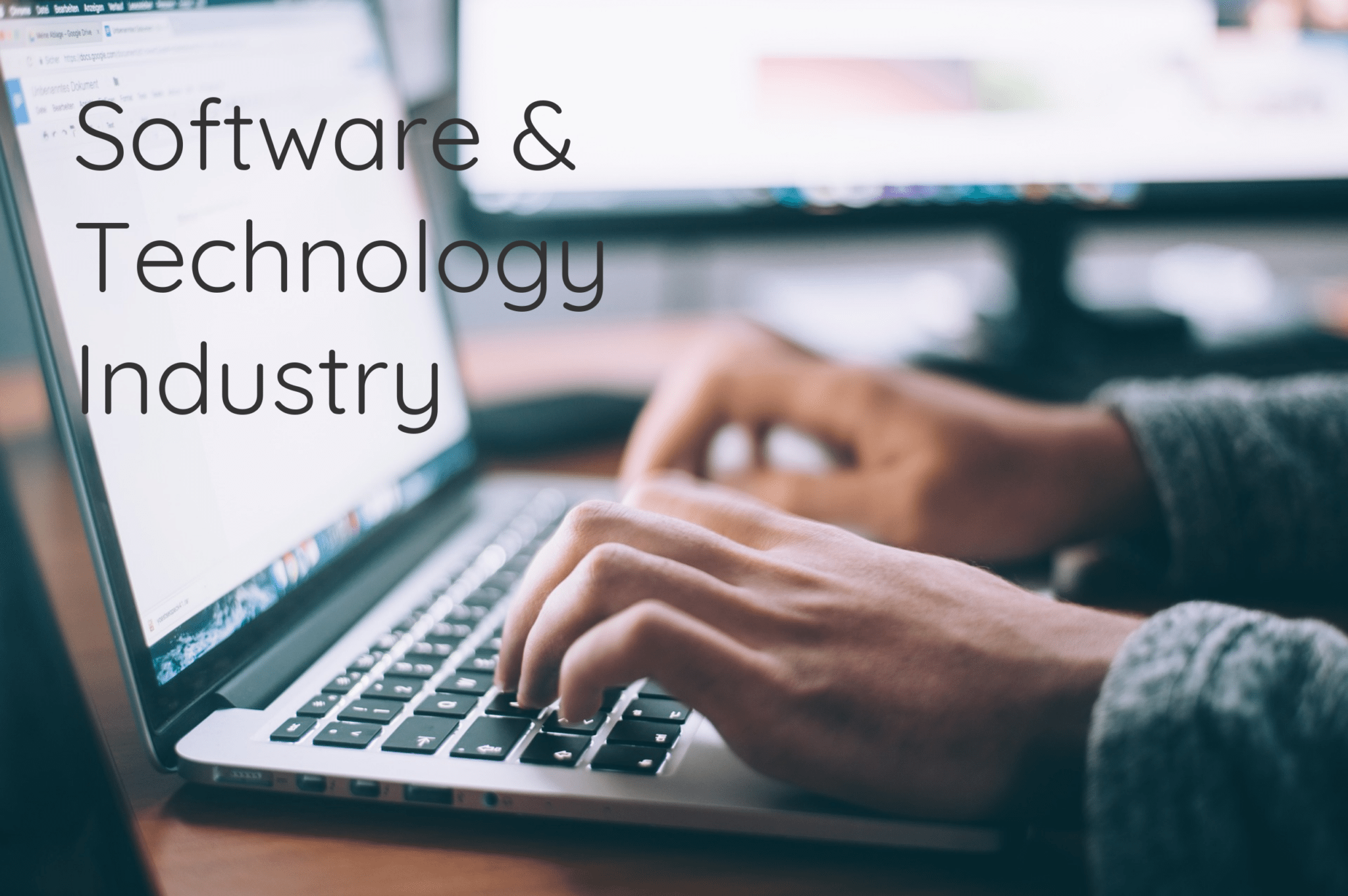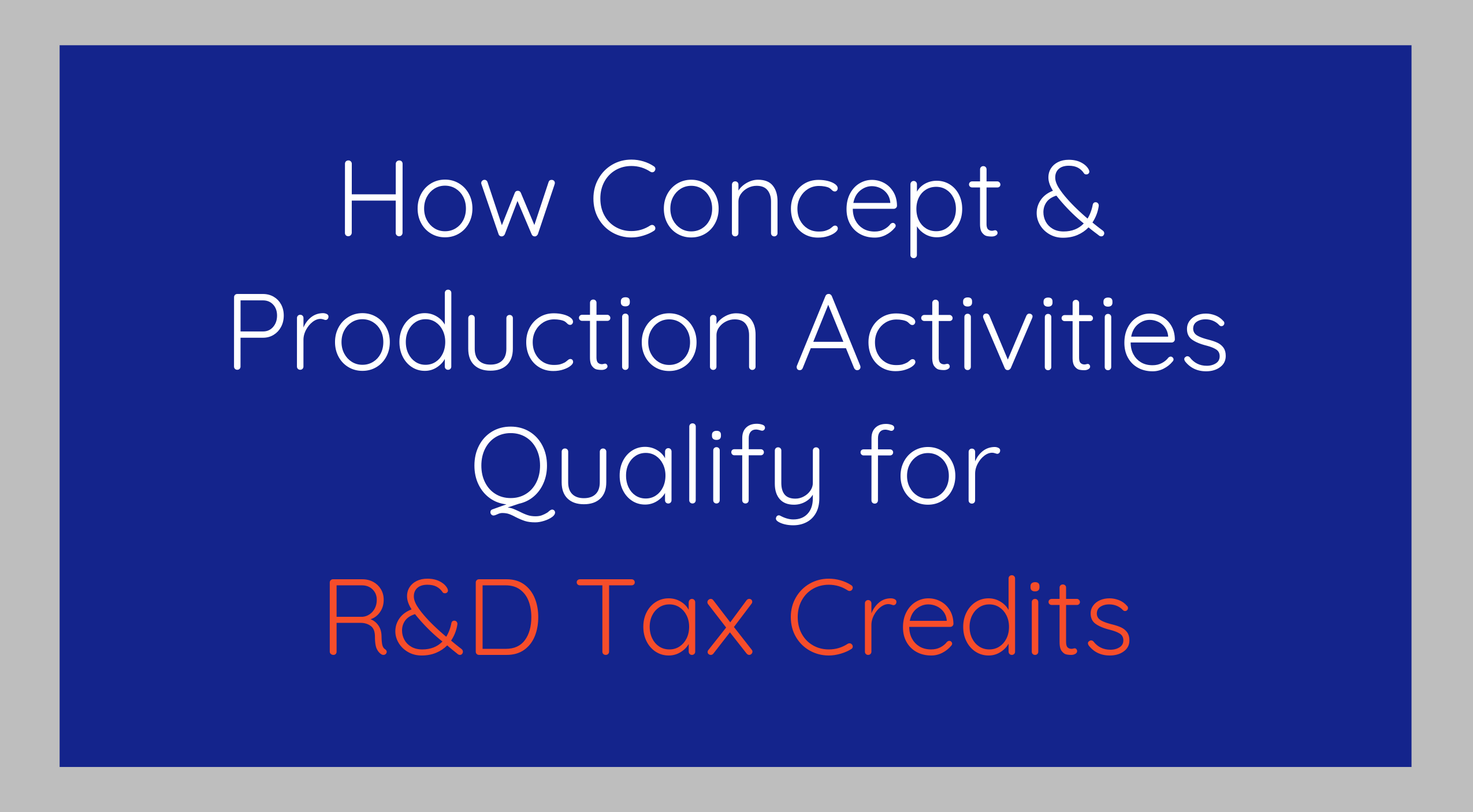
In 1981, President Reagan enacted the Research and Development (R&D) Tax Credit as a way to reboot the American automotive industry. Approximately 30% of the United States’ research and development is conducted by companies in the automotive industry and heavy-duty manufacturers who create parts and components for vehicles. The continuous…








